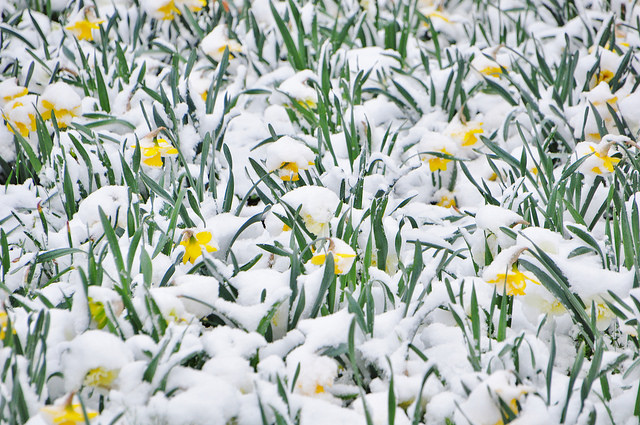 Over the past twenty years, naturalist David Lukas has hiked thousands of miles of trails in the Sierra Nevada, most of them accompanied by a slim, sturdy little book called Dictionary of Word Roots and Combining Forms. Lukas likes nature and he likes words, and he especially likes to know the history and meaning of our words about nature, from Abies magnifica to Zzyzx Springs. As he learned Latin and Greek roots on the hoof, he began to wonder how new words, especially new nature words, enter the language. Scientific binomials are approved by international committees, but what about common words? How do they form, and why do they survive?
Over the past twenty years, naturalist David Lukas has hiked thousands of miles of trails in the Sierra Nevada, most of them accompanied by a slim, sturdy little book called Dictionary of Word Roots and Combining Forms. Lukas likes nature and he likes words, and he especially likes to know the history and meaning of our words about nature, from Abies magnifica to Zzyzx Springs. As he learned Latin and Greek roots on the hoof, he began to wonder how new words, especially new nature words, enter the language. Scientific binomials are approved by international committees, but what about common words? How do they form, and why do they survive?
So began a four-year, mostly self-directed study of the processes of word-making in the English language, resulting in an unusual and delightful book called Language Making Nature: A Handbook for Artists, Writers, and Thinkers. It’s part etymological field guide, part potted history of English, and part how-to manual for creating new words to describe natural places and phenomena. “If the language we use to speak of the natural world is not innovative and engaging,” Lukas asks, “then is it any wonder that few young people get excited about nature?”
Like Lukas, I’ve been thinking that we need some new words for nature. Last spring, I wrote about Robert Macfarlane’s beautiful essay—and book—on disappearing “place words,” and suggested that we’ll need to create new place words as the climate continues to change. We’re already beginning to do so: The Bureau of Linguistic Reality, a participatory art project created by Heidi Quante and Alicia Escott, is collecting invented words that describe the changing world. Before the big El Niño-boosted blizzard hit the Atlantic coast of the U.S. late last month, Twitter hashtags called the storm “Snowtastrophe,” “Snowniño” and “Make Winter Great Again” before the Capital Weather Gang semi-officially christened it “Snowzilla.”
But honestly, all the Snowpocalypses and Snowzillas of recent years are starting to run together. If we’re going to keep naming nature in the Anthropocene, we need to branch out.
Lukas suggests that his readers create new vocabulary mostly by playing with the long history of our language, reviving forgotten words and cobbling new words out of ancient pieces. Don’t worry about making mistakes, he writes; culture will always come along to prune your contributions.
So let’s play. In my post last spring, I wrote that we needed a word for “the color of bare mountain slopes in midwinter.” What about hokum, which is not only a synonym for fraud but also, according to Lukas, a Medieval Latin word meaning “strip of meadow”? Here in Washington state, February daffodils could be called hyperdils or antevernals. The California rainstorms associated with El Niño could be undiños, from undee, an Anglo-Norman word for torrential rain.
The pall of smoke that hung over the Pacific Northwest last summer, reminding us that forest fires are getting bigger and more destructive, could be called pyrogloom. The sense of hopelessness that comes with knowing a bit too much about climate change could be climacedia. What should we call the antidote to climacedia? Maybe we could do something with zoticus, which Lukas tells us is a Medieval Latin word meaning “life-giving.” In these times, maybe it doesn’t matter whether you’re an optimist or a pessimist. Maybe what’s important is that we all strive to be zoticists.
Top photo of daffodils in the snow from Flickr. Creative Commons.
How about for the photo caption: Shiverdils. (Love this post!)
Daffodrifts
Nice zoticisism. Thank you, Michelle.
Climedia: accompanied by a discharge of hard data, science reporters are most prone to this kind of STD (Serious Temperature Discourse). The GOP hopes to find a cure.